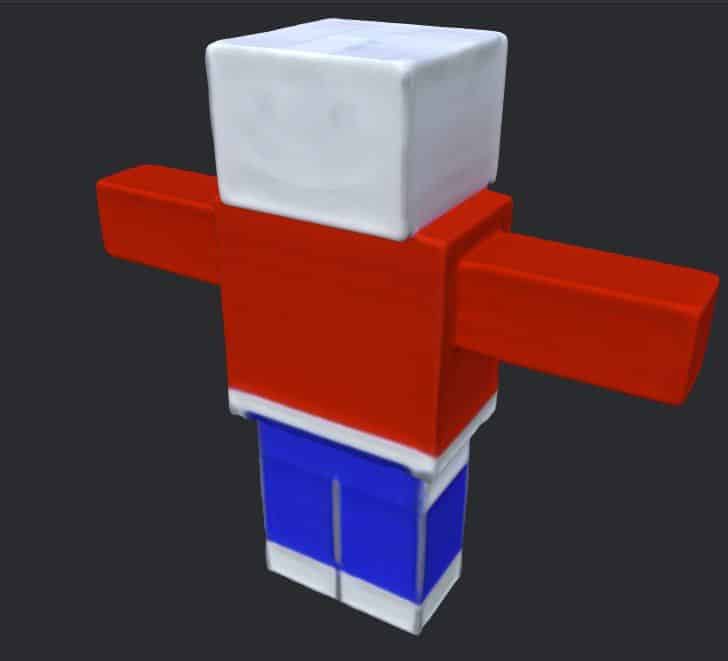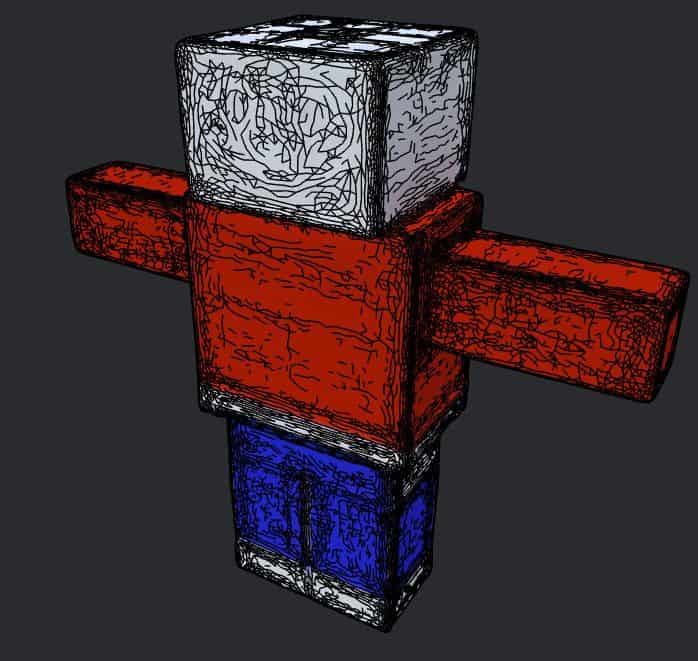Text-to-3D AI Model

What is Text-to-3D AI Model?
A Text-to-3D AI Model is a technology that translates textual descriptions or instructions into three-dimensional (3D) visual representations or models. This AI model can take textual input, which may describe objects, scenes, or concepts, and convert it into a corresponding 3D model. It operates at the intersection of natural language processing (NLP) and computer graphics, using advanced algorithms to generate 3D content based on the provided text.

Understanding of Text-to-3D AI Model
Understanding a Text-to-3D AI Model involves grasping the underlying mechanisms of how it interprets and converts text data into 3D shapes and structures. It requires knowledge of NLP techniques, 3D modeling, and the specific model architecture used for this task. These AI models find applications in various fields, including computer-aided design, virtual reality, gaming, and architectural visualization, enabling a seamless translation between textual descriptions and tangible 3D representations.
World of Text-to-3D
On various platforms, discussions abound regarding the generation of 3D models from text descriptions or even single images, promising to unlock a world of possibilities. But let’s peel back the layers and explore what lies beneath the surface.
First and foremost, it’s essential to recognize that 3D is not just a realm inhabited by complex spacecraft and mind-boggling simulations; it also resides in the practical world of everyday applications. At its core, 3D involves the creation of meshes, intricate networks that define the structure of a 3D object, enabling further manipulation and interaction. As of now, the existing research papers and projects offer methods that, somewhat simplistically put, involve taking textual or visual input, generating multiple images from different angles, and then employing a fusion of photogrammetry, computational wizardry, and existing techniques to reconstruct a 3D object from the input data.
While these approaches have made significant strides in improving texture quality and accuracy, there’s still a persistent challenge that lingers. The question remains, why do we need these 3D models? While they find practical applications, such as rotating product images for online stores, the full potential of 3D texture and detail is often underutilized, resulting in a sea of TikTok videos and memes.
How Do Text-to-3D AI Models Work?
Text-to-3D AI models have been gaining attention for their potential to translate textual descriptions into three-dimensional (3D) representations. But how does this process work, and what challenges lie ahead?

The process can be divided into three main steps. First, the AI model is trained to recognize a particular class or type of 3D object based on a given dataset. It analyzes the dataset and the features that define that class, allowing it to understand how objects in that category are structured. This step sets the foundation for the AI’s future 3D generation.
The second step involves using existing 3D models as references. These models act as a template for the AI, allowing it to generate new 3D objects with similar attributes and structures. This reference-based approach streamlines the generation process and helps maintain consistency in the output.
The third step is a bit more specialized and primarily applies to categories like human avatars. Here, the AI focuses on specific classes of 3D models, such as different types of heads. By creating a substantial dataset of 3D heads and training the AI on it, developers can generate realistic 3D heads efficiently. While this approach yields high-quality meshes, it’s limited to a narrow class of objects.
It’s important to note that this technology doesn’t produce a final, polished result like a static image or video. Instead, it generates an intermediate 3D asset that can be further refined in post-production or used in a production pipeline. This versatility makes it a valuable tool for various applications, from creating 3D assets for video games to streamlining content production.
Despite the promise of Text-to-3D AI models, there are still challenges to overcome. One major obstacle is the need to narrow down the categories of objects the AI can generate effectively. Without this focus, it’s challenging for AI to produce meaningful results.
Additionally, there’s a wealth of 3D datasets available, but not all of them are suitable for post-production use. Many are too noisy and heavy for practical applications. This issue has prompted a search for high-quality datasets that can support the development of better AI models.
Furthermore, creating Text-to-3D models that generate assets suitable for specific tasks or software is a complex process. It often requires a specialized approach, as the “parameters” or specifications vary significantly between different applications.


In the realm of Text-to-3D development, it’s not uncommon to encounter some prevailing misconceptions. For many developers, the concept of 3D may seem as elusive as a mere cloud of points. Faces, Edges, Vertices, UV, Tris/Quads, and other fundamental elements are sometimes overlooked, leaving a gap in understanding. It’s akin to considering an image as nothing more than a grid of pixels, with little regard for more intricate aspects like Alpha, Z-channel, and compositing. Dall-E 3, a prominent figure in this field, is aware of transparency and alpha but humbly admits that the alpha channel remains somewhat enigmatic. The result? A comical mix of Photoshop-style maneuvering when attempting to remove backgrounds. We delve into these misconceptions to shed light on the core foundations of Text-to-3D development.
Latest News about Text-to-3D AI Model
- Google has introduced TextMesh, a new text-to-3D method that improves Stable Diffusion-based text-to-3D model generation. This method generates multiple angles from 2D input and uses the Neural Radiance Fields (NeRF) approach to create a 3D mesh. TextMesh offers user-friendly output, realistic 3D meshes, and avoids high saturation effects. The SDF framework refines texture, improving clarity and avoiding oversaturation.
- Nvidia has launched Magic3D, a text-to-3D content creator software that converts text descriptions into 3D digital models. The software uses a neural network trained on a large dataset of 3D models and can generate 3D models from a single 2D image or a series of 2D images. It offers users new ways to control 3D synthesis and can produce high-quality 3D mesh models twice as fast as DreamFusion.
- Google has developed a neural network called DreamFusion, which can generate 3D models from text descriptions using a pretrained 2D text-to-image diffusion model. This method overcomes limitations of large-scale datasets and efficient denoising 3D data architectures. DreamFusion uses gradient descent to optimize a randomly initialized 3D model, resulting in relightable 3D models with high-fidelity appearance, depth, and normals. The system uses Score Distillation Sampling (SDS) to optimize samples in any parameter space, such as 3D space.
Latest Social Posts about Text-to-3D AI Model
Disclaimer
In line with the Trust Project guidelines, please note that the information provided on this page is not intended to be and should not be interpreted as legal, tax, investment, financial, or any other form of advice. It is important to only invest what you can afford to lose and to seek independent financial advice if you have any doubts. For further information, we suggest referring to the terms and conditions as well as the help and support pages provided by the issuer or advertiser. MetaversePost is committed to accurate, unbiased reporting, but market conditions are subject to change without notice.
About The Author
Damir is the team leader, product manager, and editor at Metaverse Post, covering topics such as AI/ML, AGI, LLMs, Metaverse, and Web3-related fields. His articles attract a massive audience of over a million users every month. He appears to be an expert with 10 years of experience in SEO and digital marketing. Damir has been mentioned in Mashable, Wired, Cointelegraph, The New Yorker, Inside.com, Entrepreneur, BeInCrypto, and other publications. He travels between the UAE, Turkey, Russia, and the CIS as a digital nomad. Damir earned a bachelor's degree in physics, which he believes has given him the critical thinking skills needed to be successful in the ever-changing landscape of the internet.
More articles

Damir is the team leader, product manager, and editor at Metaverse Post, covering topics such as AI/ML, AGI, LLMs, Metaverse, and Web3-related fields. His articles attract a massive audience of over a million users every month. He appears to be an expert with 10 years of experience in SEO and digital marketing. Damir has been mentioned in Mashable, Wired, Cointelegraph, The New Yorker, Inside.com, Entrepreneur, BeInCrypto, and other publications. He travels between the UAE, Turkey, Russia, and the CIS as a digital nomad. Damir earned a bachelor's degree in physics, which he believes has given him the critical thinking skills needed to be successful in the ever-changing landscape of the internet.















